Author: Jordan Folks
“More is better” seems to be the American mantra for just about everything, and American IPA recipes are no exception. While many brewers cram several different hop varieties into their IPAs in an attempt to find a combination that’s more than just the sum of its parts, I was blown away by the intense, complex, saturated hop character I experienced when trying beers from Faction Brewing’s Cyclone series, which is described as a line of “massively hopped 7% ABV IPAs that celebrate the essence, flavors, and aromas of each unique hop by using at least 6 different hop products per beer.”
Available in four varieties during my visit to the Alameda, CA brewery, these “single hop” beers use a blend of INCOGNITO, LUPOMAX, Cryo Hops, whole cone, T90 pellets, fresh/wet hops, and in the case of the Citra and Mosaic variants, SPECTRUM.
As an unabashed Mosaic fan boy, the Mosaic Cyclone IPA particularly tickled my fancy. This electrifying IPA just exploded out of the glass with bright, tropical hop pungency. It was one of the best West Coast IPAs I’ve ever had, and I instantly began devising a recipe in an attempt to clone it myself.
| Making Mosaic Cy-CLONE West Coast IPA |
In keeping with Faction’s multi-product approach, I designed an IPA recipe incorporating all of the different Mosaic products I could score from Yakima Valley Hops. Cheers to F.H. Steinbart for providing me with the malt for this batch!
Mosaic Cy-CLONE West Coast IPA
Recipe Details
| Batch Size | Boil Time | IBU | SRM | Est. OG | Est. FG | ABV |
|---|---|---|---|---|---|---|
| 5.5 gal | 60 min | 112.1 | 4 SRM | 1.061 | 1.005 | 7.35 % |
| Actuals | 1.061 | 1.005 | 7.35 % | |||
Fermentables
| Name | Amount | % |
|---|---|---|
| Brewer's Malt, 2-Row, Premium | 7.5 lbs | 44.12 |
| Pilsner | 7.5 lbs | 44.12 |
| Barke Vienna Malt | 1 lbs | 5.88 |
| Dextrose | 1 lbs | 5.88 |
Hops
| Name | Amount | Time | Use | Form | Alpha % |
|---|---|---|---|---|---|
| Mosaic (Whole Cone) | 19.8 g | 60 min | First Wort | Pellet | 11.9 |
| Mosaic (Whole Cone) | 28.3 g | 20 min | Boil | Pellet | 11.9 |
| Mosaic INCOGNITO | 19.8 g | 12 min | Aroma | CO2Extract | 53 |
| Mosaic (Pellets) | 28.3 g | 10 min | Aroma | Pellet | 11.6 |
| Mosaic (Whole Cone) | 28.3 g | 10 min | Aroma | Pellet | 11.9 |
| Mosaic INCOGNITO | 19.8 g | 10 min | Aroma | CO2Extract | 52.5 |
| Mosaic LUPOMAX | 56.7 g | 2 days | Dry Hop | Cryo | 12.3 |
| Mosaic (Pellets) | 28.3 g | 2 days | Dry Hop | Pellet | 12.3 |
| Mosaic SPECTRUM | 19.8 g | 2 days | Dry Hop | CO2Extract | 12.3 |
Yeast
| Name | Lab | Attenuation | Temperature |
|---|---|---|---|
| Flagship (A07) | Imperial Yeast | 77% | 60.1°F - 72°F |
Notes
| Water Profile: Ca 125 | Mg 4 | Na 10 | SO4 161 | Cl 34 |
Download
| Download this recipe's BeerXML file |
After collecting the full volume of filtered water and getting it heating up, I weighed out and milled the grains.
With the water properly heated, I adjusted it to my desired profile and incorporated the grains before checking to make sure it was at my target mash temperature.
During the mash rest, I gathered the plethora of Mosaic hop products I would be using for this beer and measured out the amounts that would be added during the boil.
When the 60 minute mash was complete, I transferred the sweet wort from the mash tun to a boil kettle that contained the whole cone first wort hop addition.
The wort was boiled for 60 minutes with whole cone hops added as stated in the recipe, after which I added the first dose of INCOGNITO to the hot wort.
Next, I added the whole cone and pellet hopstand additions to the wort before blending another dose of INCOGNITO with about 1 gallon/4 liters of hot wort in the fermenter.
Once the 10 minute hopstand was complete, I chilled the wort during transfer to the fermenter.
A refractometer reading indicated the wort was at my target 1.061 OG.
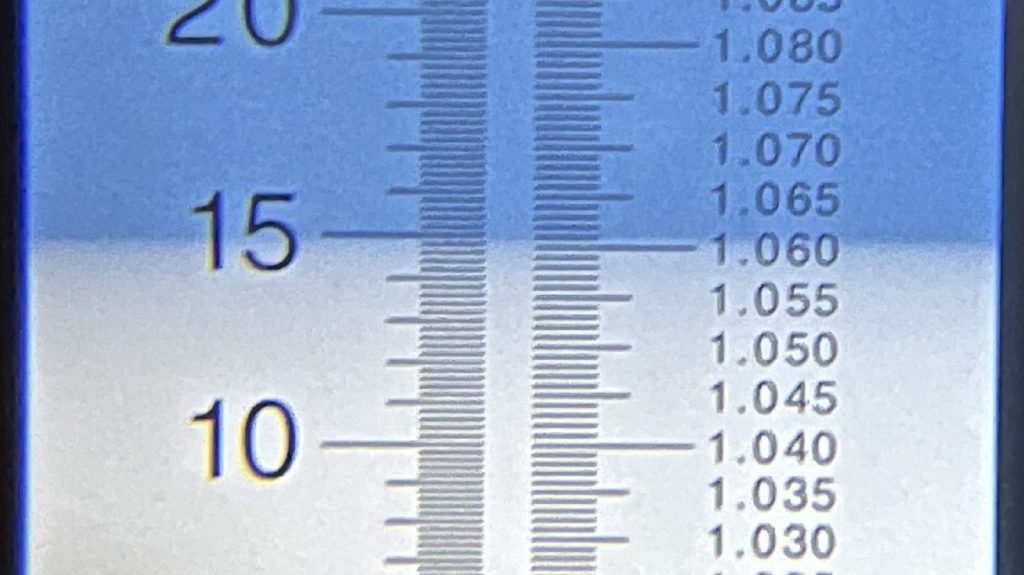
With the wort at my desired fermentation temperature of 66°F/19°C, I pitched some Imperial Yeast A07 Flagship slurry I’d harvested from a prior batch before placing the fermenter in my chamber.
With signs of fermentation absent after 6 days, I prepared the dry hop additions by first measuring out the LUPOMAX and T90 hops before following the manufacturer’s instructions for using SPECTRUM.
The beer was left alone for another 2 days before I took a hydrometer measurement showing it had reached an expectedly dry 1.005 FG.
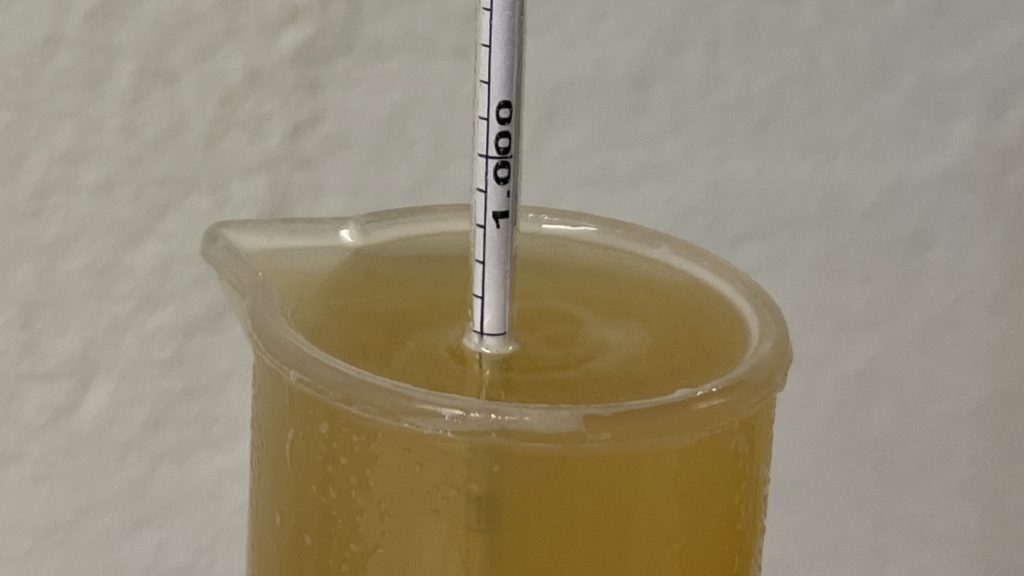
Next, I pressure-transferred the beer to a CO2 purged serving keg, adding gelatin fining at this time, then placed it on gas in my keezer. After a week of cold conditioning under pressure, the beer was cold, carbonated, and ready to drink!
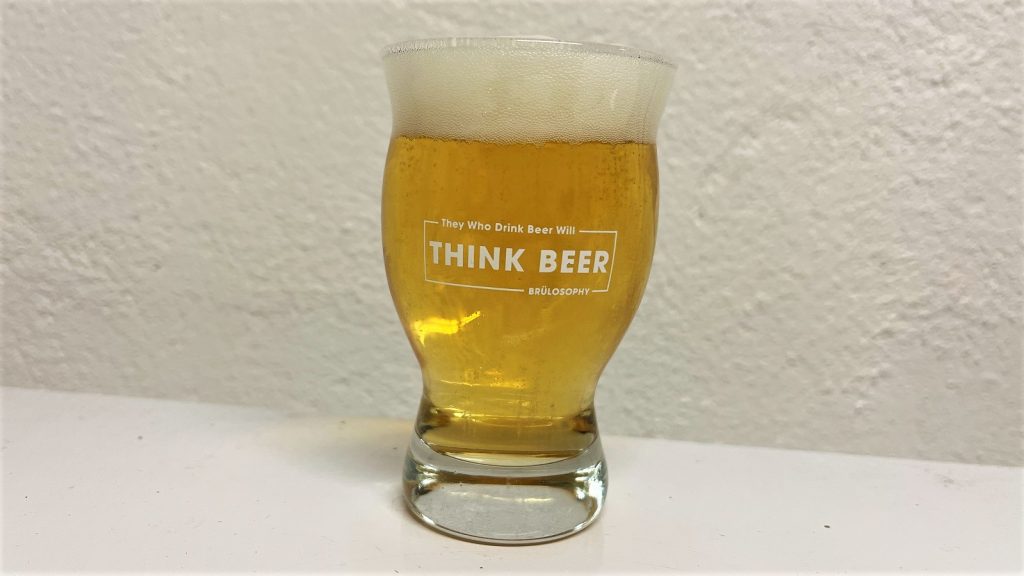
| IMPRESSIONS |
I like my IPA dry, clear, and moderately bitter with complex and intense hop character that favors tropical fruit notes, which typically requires using a mix of modern American and New World varieties. In my experience, single-hop beers have always lacked this much desired complexity, that is until I tried a few Faction Brewing Cyclone IPAs, which are made with numerous hop products of the same variety. To my senses, every one of the Cyclone versions I tried possessed the type of pungent fruity hop character I expect in beers made with multiple hop varieties.
While we don’t collect data for the Brü It Yourself series, I did share my Mosaic Cy-CLONE West Coast IPA with a number of brewing friends, and the response was hugely positive – people absolutely loved this beer! It was described as dry and moderately bitter with a solid topical fruit hop bouquet that leapt out of the glass.
I’ve brewed quite a bit of IPA over the years, and I was absolutely blown away with how Mosaic Cy-CLONE West Coast IPA turned out, in fact it’s one of the best IPAs that has come out of my brewery. If I hadn’t brewed it myself, I would’ve struggled to believe it was made with a single variety, as the level of complexity was something I’ve never experienced in a regular single-hop IPA. Not only did this experience reinforce the veracity of Faction Brewing’s Cyclone approach, but it inspired me to continue combining modern hop products to produce pungently hoppy beers. Nectaron Cyclone, anyone?
If you have thoughts about this recipe or experience making something similar, please feel free to share in the comments section below!
Support Brülosophy In Style!
All designs are available in various colors and sizes on Amazon!
Follow Brülosophy on:
FACEBOOK | TWITTER | INSTAGRAM
If you enjoy this stuff and feel compelled to support Brulosophy.com, please check out the Support page for details on how you can very easily do so. Thanks!


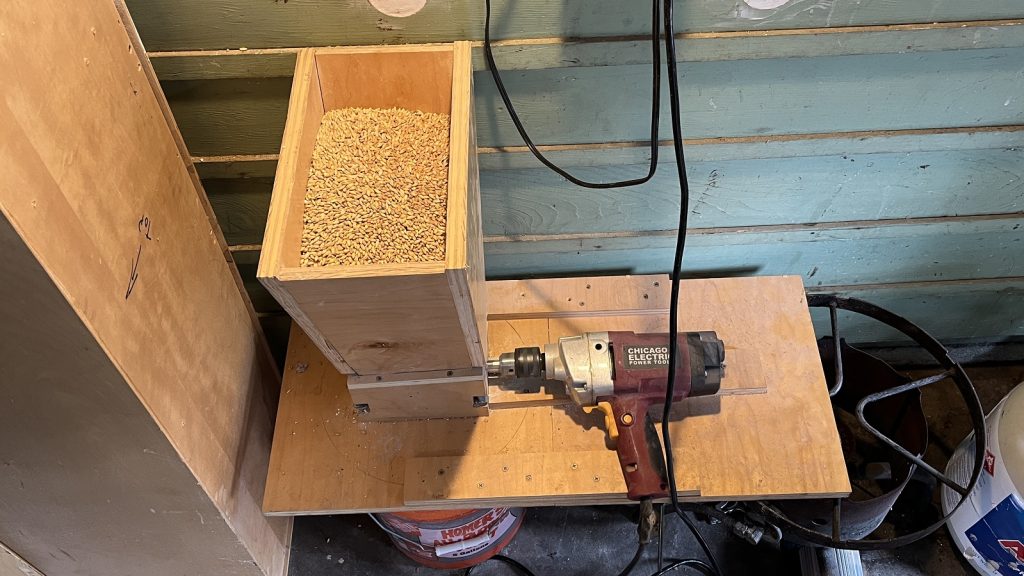
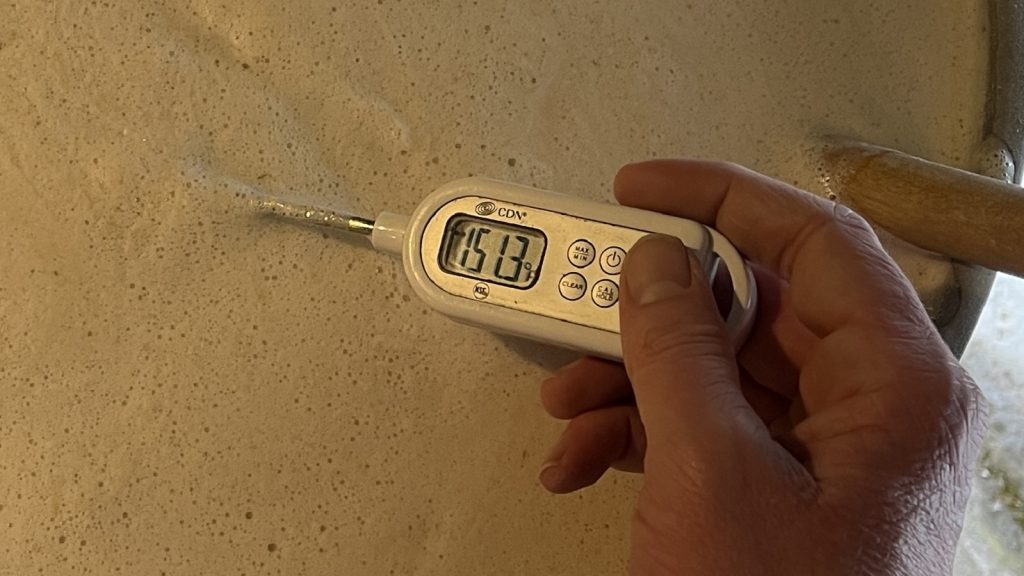
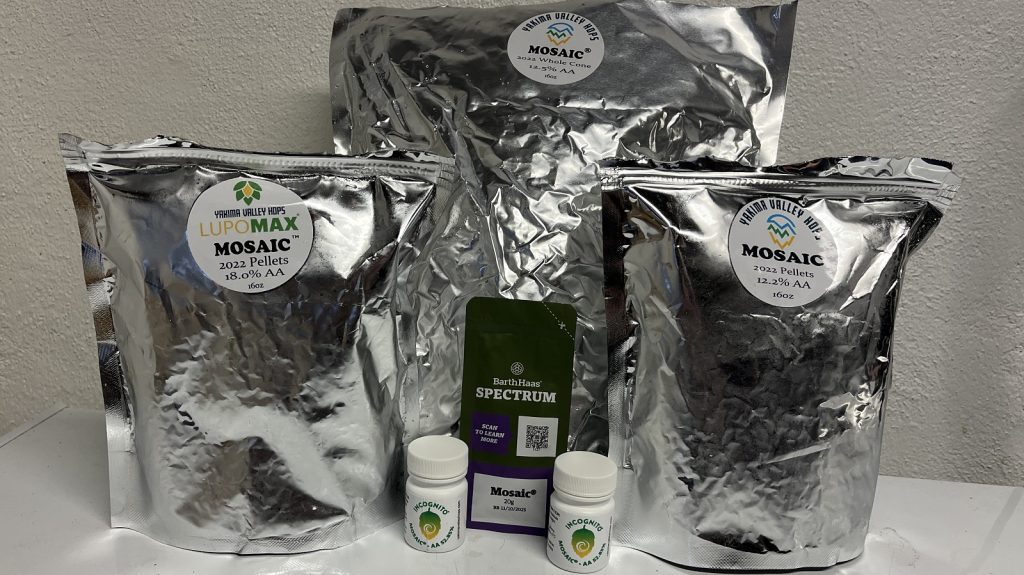
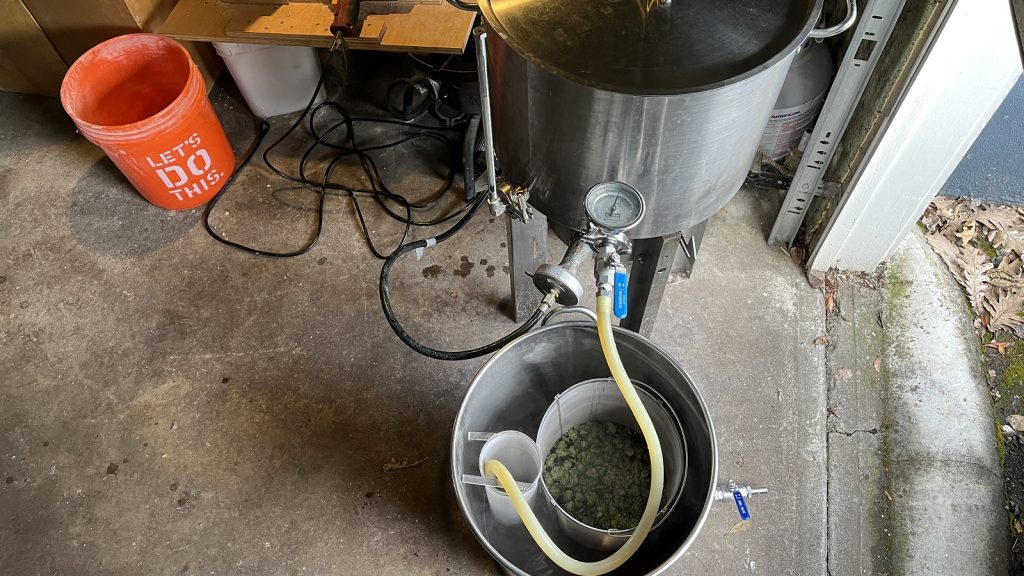
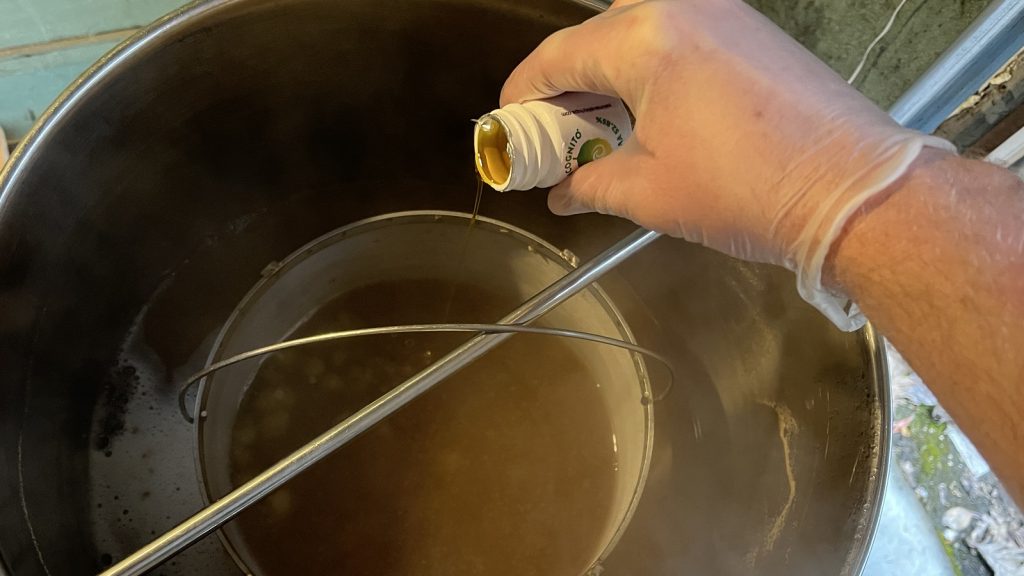
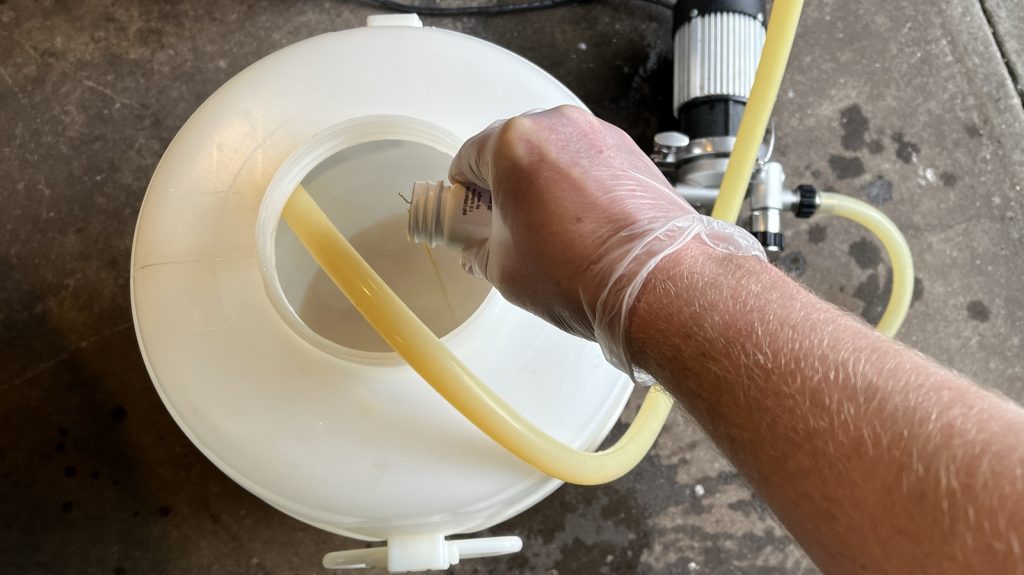
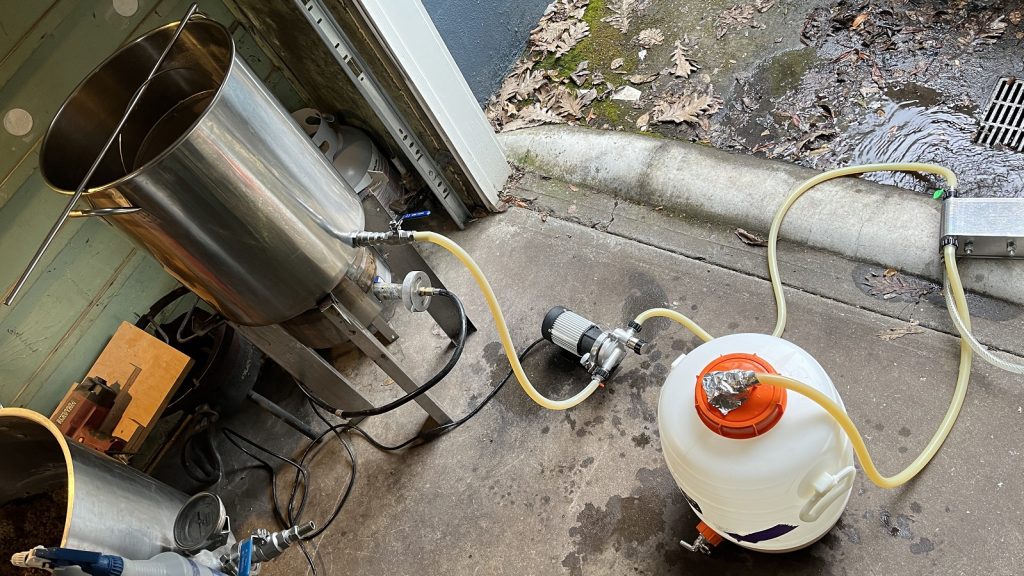
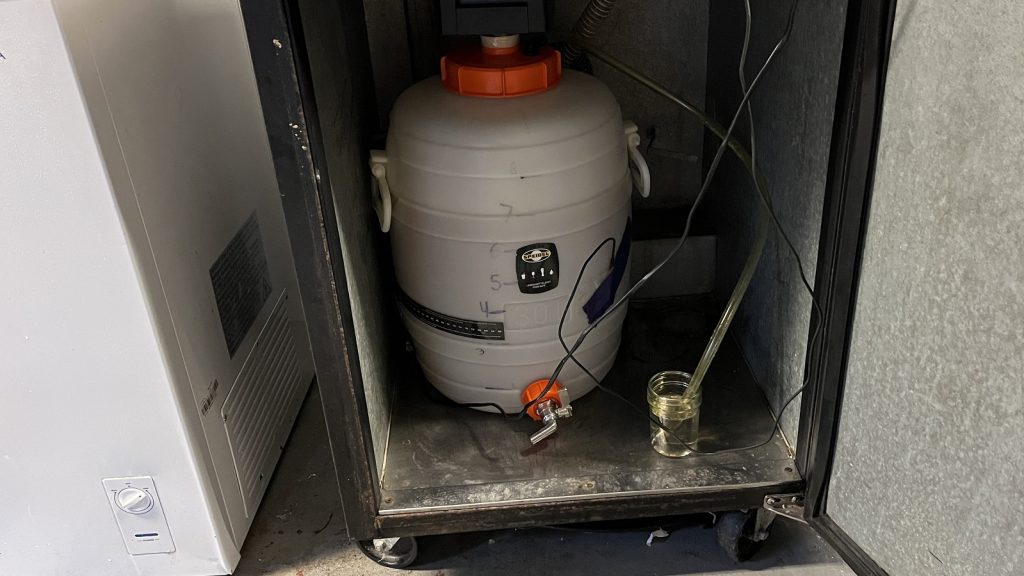
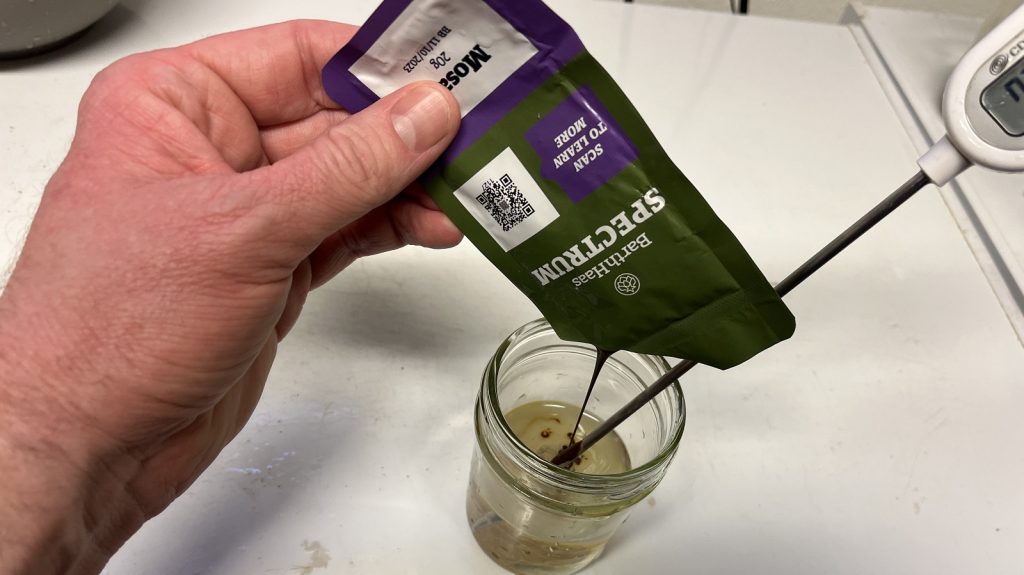











10 thoughts on “Brü It Yourself | Mosaic Cy-CLONE West Coast IPA”
While this seems fun, is it realistic to think that homebrewers are going to spend 75 bucks on hops for one beer? Not everyone gets products for free to try – but this is overboard with all of the specialty products used on one beer!! This sounds like a fun beer to try, but holy hell – that is above and beyond what I would ever consider buying for a homebrew batch.
Hi Sam, the spectrum is really what makes this a spendy batch. I’ve done this on my own dime with pellet + whole cone + LUPOMAX and it is much more affordable that way – and still seriously tasty.
Honestly $2 a pint isn’t too bad for a good IPA. Way more pricey at the local taproom or brewery.
Thanks for the write up. I’m a bit confused with the first two hop additions. It states that they are whole cone hops in pellet form. Is that a new form of hop that I’m not familiar with? Thanks.
I believe this is an issue with the beerxml system we use. The parentheticals are accurate.
as they are all expensive, which are most important/impact in order; first incognito, second incognito, lupomax, and spectrum?
It’s hard to say, but I have a hunch that the second (dip-hopped) incognito is playing an outsized role here
How did you add the Spectrum, and did you notice any oxidation issues? I’m nervous about adding liquid back to an already fermented or mostly fermented beer.
I followed the instructions as listed here: https://yakimavalleyhops.com/products/spectrum Notably, I pre-boiled the dosing water before mixing in the Spectrum. No noticeable oxidation occured, as I added this to a pre-sanitizer-purged dry hop keg that I then co2 purged several times after close transferring on the dry hop/Spectrum load.
Thank you!